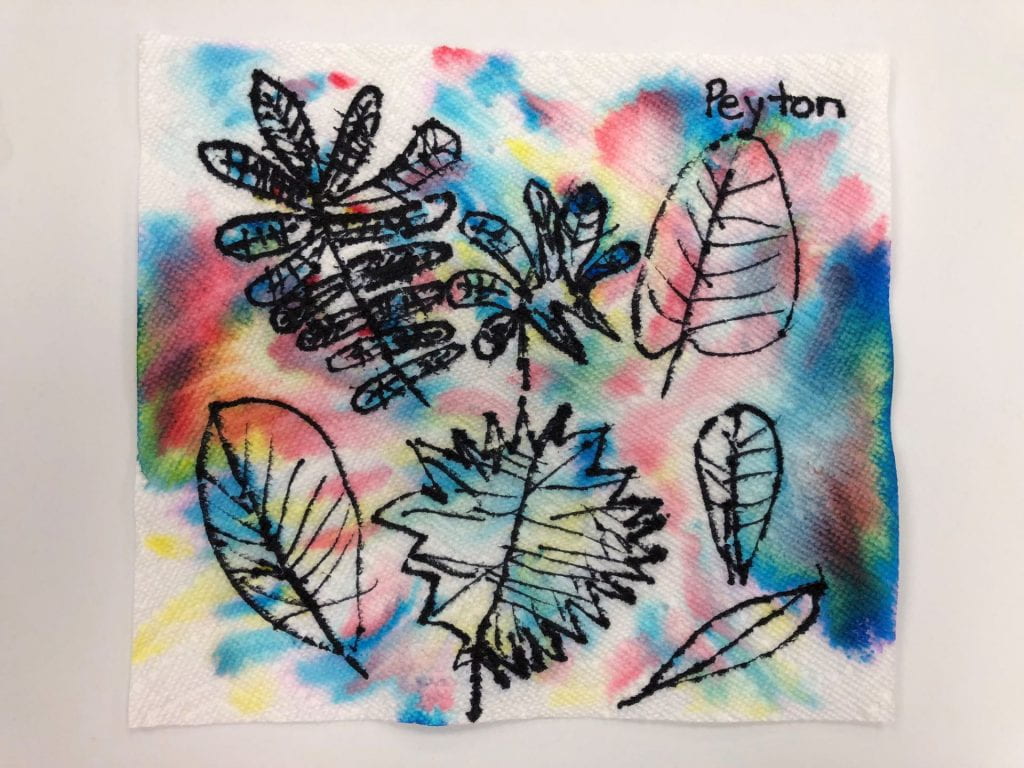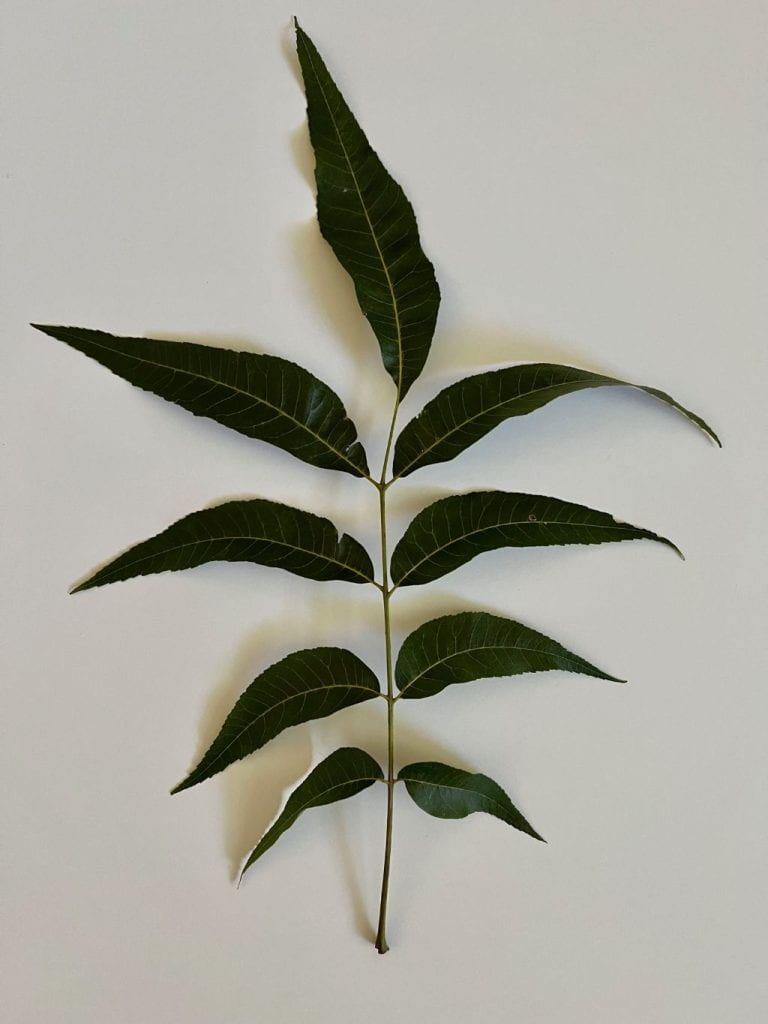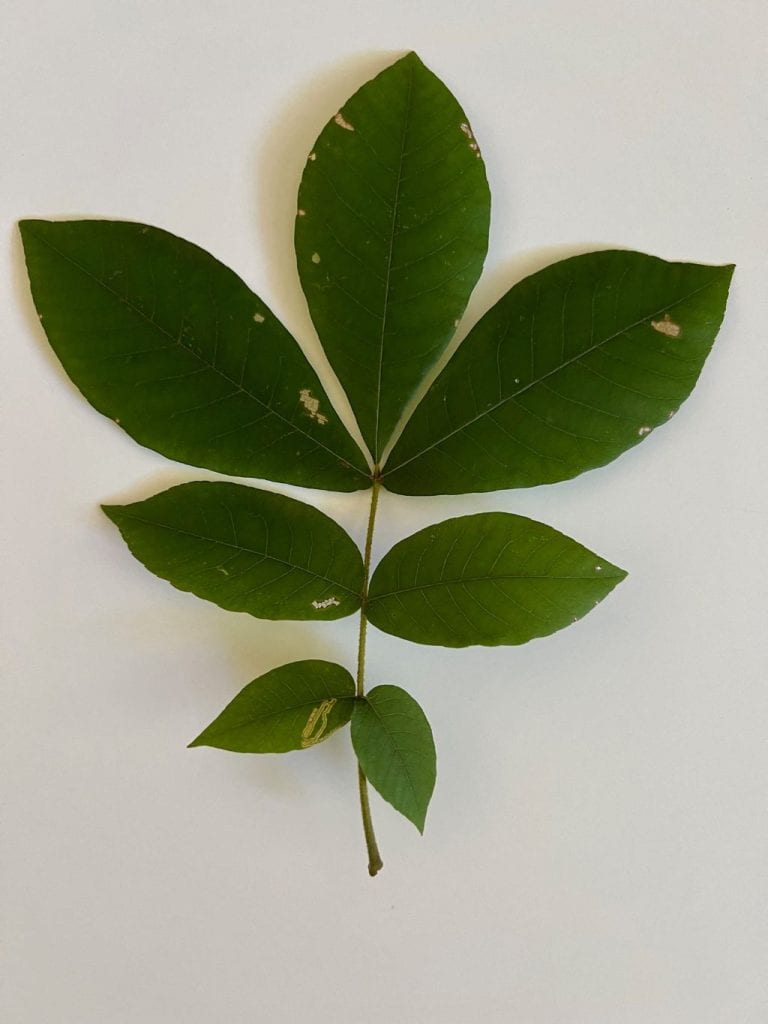Simple or Compound?
Let’s continue our study of leaves. (See below for previous posts.) Trees can also be identified by whether they have simple or compound leaves. The blade or lamina is the flat part of a leaf. A simple leaf has just one blade on each petiole.
A compound leaf is composed of three or more leaflets that attach to one petiole. A leaf may have an odd or even number of leaflets. If there is an odd number, one leaflet appears at the top of the stem. Another way to distinguish between a leaflet and a simple leaf is to check where the leaf/leaflet joins the stem. If there is a node, then you have a simple leaf, but if there isn’t a node, you are observing a leaflet. My science students saw a connection between compound words and compound leaves.
One leaf with leaflets
On your next nature walk, look for compound and simple leaves.
Click here for a fun activity to review all we’ve learned about leaves- venation, petioles, and margins. Place leaves where children can refer to them when they draw. Click here for another art activity to reinforce leaf concepts. They make nice cards too.

Use this video to review what we’ve learned about leaves! Click here for the Safeshare link.
I used hula hoops that I borrowed from my PE teacher to create large Venn diagrams on the floor. Use them to classify leaves by more than one attribute now that we’ve learned about petioles, venation, margins, and the difference between simple and compound leaves. Another game for older students would be to place a collection of leaves on the table and ask your child/student to find a leaf you describe, for example a simple, serrated leaf with pinnate venation.
Previous posts about attributes of leaves:
Petioles
Venations
Margins


